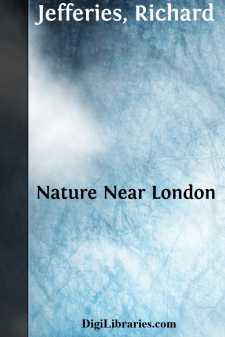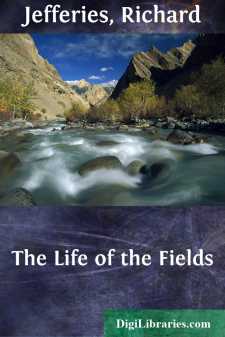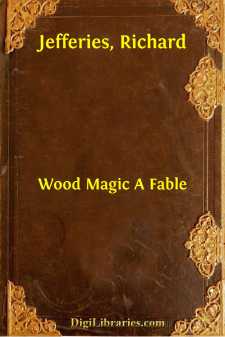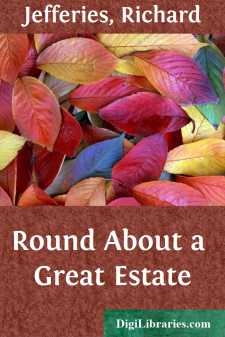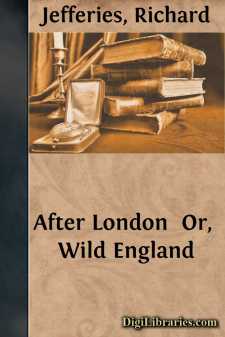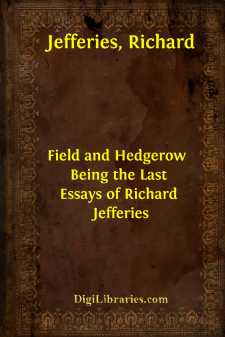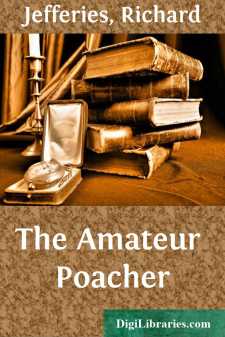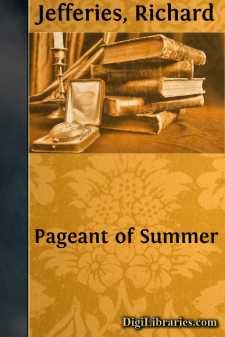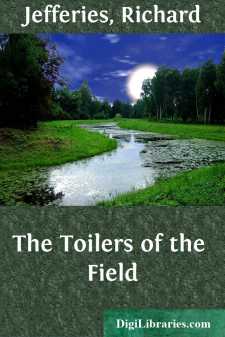Categories
- Antiques & Collectibles 13
- Architecture 36
- Art 48
- Bibles 22
- Biography & Autobiography 813
- Body, Mind & Spirit 142
- Business & Economics 28
- Children's Books 17
- Children's Fiction 14
- Computers 4
- Cooking 94
- Crafts & Hobbies 4
- Drama 346
- Education 46
- Family & Relationships 57
- Fiction 11829
- Games 19
- Gardening 17
- Health & Fitness 34
- History 1377
- House & Home 1
- Humor 147
- Juvenile Fiction 1873
- Juvenile Nonfiction 202
- Language Arts & Disciplines 88
- Law 16
- Literary Collections 686
- Literary Criticism 179
- Mathematics 13
- Medical 41
- Music 40
- Nature 179
- Non-Classifiable 1768
- Performing Arts 7
- Periodicals 1453
- Philosophy 64
- Photography 2
- Poetry 896
- Political Science 203
- Psychology 42
- Reference 154
- Religion 513
- Science 126
- Self-Help 84
- Social Science 81
- Sports & Recreation 34
- Study Aids 3
- Technology & Engineering 59
- Transportation 23
- Travel 463
- True Crime 29
Nature Near London
Description:
Excerpt
NATURE NEAR LONDON
WOODLANDS
The tiny white petals of the barren strawberry open under the April sunshine which, as yet unchecked by crowded foliage above, can reach the moist banks under the trees. It is then that the first stroll of the year should be taken in Claygate Lane. The slender runners of the strawberries trail over the mounds among the moss, some of the flowers but just above the black and brown leaves of last year which fill the shallow ditch. These will presently be hidden under the grass which is pushing up long blades, and bending over like a plume.
Crimson stalks and leaves of herb Robert stretch across the little cavities of the mound; lower, and rising almost from the water of the ditch, the wild parsnip spreads its broad fan. Slanting among the underwood, against which it leans, the dry white "gix" (cow-parsnip) of last year has rotted from its root, and is only upheld by branches.
Yellowish green cup-like leaves are forming upon the brown and drooping heads of the spurge, which, sheltered by the bushes, has endured the winter's frosts. The lads pull them off, and break the stems, to watch the white "milk" well up, the whole plant being full of acrid juice. Whorls of woodruff and grass-like leaves of stitchwort are rising; the latter holds but feebly to the earth, and even in snatching the flower the roots sometimes give way and the plant is lifted with it.
Upon either hand the mounds are so broad that they in places resemble covers rather than hedges, thickly grown with bramble and briar, hazel and hawthorn, above which the straight trunks of young oaks and Spanish chestnuts stand in crowded but careless ranks. The leaves which dropped in the preceding autumn from these trees still lie on the ground under the bushes, dry and brittle, and the blackbirds searching about among them cause as much rustling as if some animal were routing about.
As the month progresses these wide mounds become completely green, hawthorn and bramble, briar and hazel put forth their leaves, and the eye can no longer see into the recesses. But above, the oaks and edible chestnuts are still dark and leafless, almost black by contrast with the vivid green beneath them. Upon their bare boughs the birds are easily seen, but the moment they descend among the bushes are difficult to find. Chaffinches call and challenge continually—these trees are their favourite resort—and yellowhammers flit along the underwood.
Behind the broad hedge are the ploughed fields they love, alternating with meadows down whose hedges again a stream of birds is always flowing to the lane. Bright as are the colours of the yellowhammer, when he alights among the brown clods of the ploughed field he is barely visible, for brown conceals like vapour. A white butterfly comes fluttering along the lane, and as it passes under a tree a chaffinch swoops down and snaps at it, but rises again without doing apparent injury, for the butterfly continues its flight.
From an oak overhead comes the sweet slender voice of a linnet, the sunshine falling on his rosy breast....


